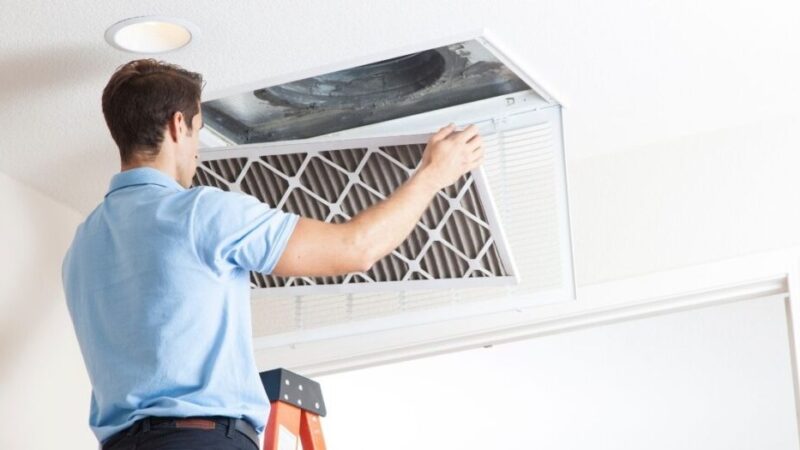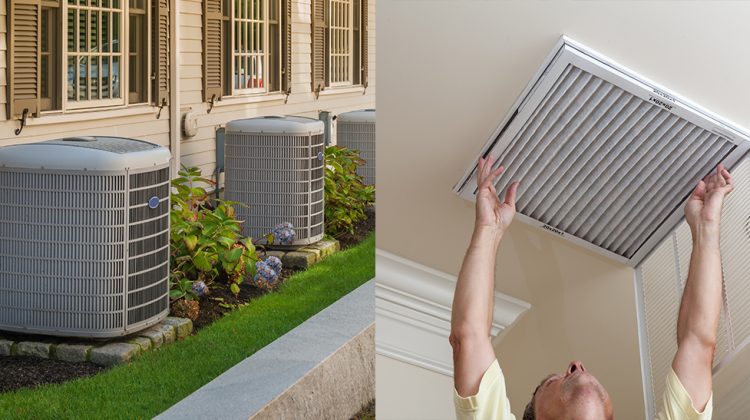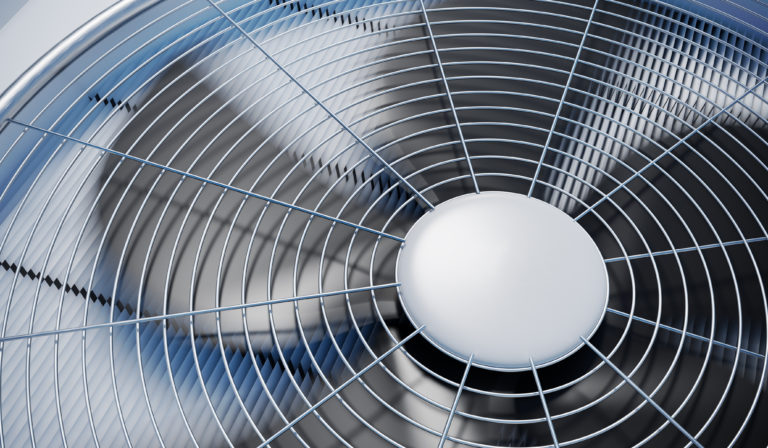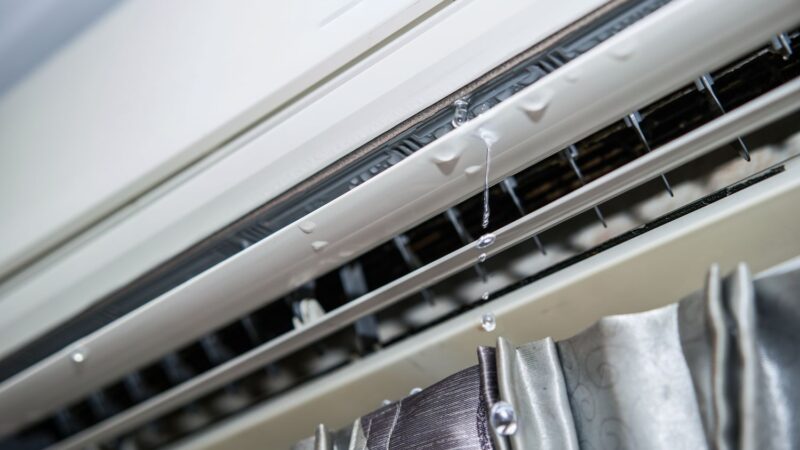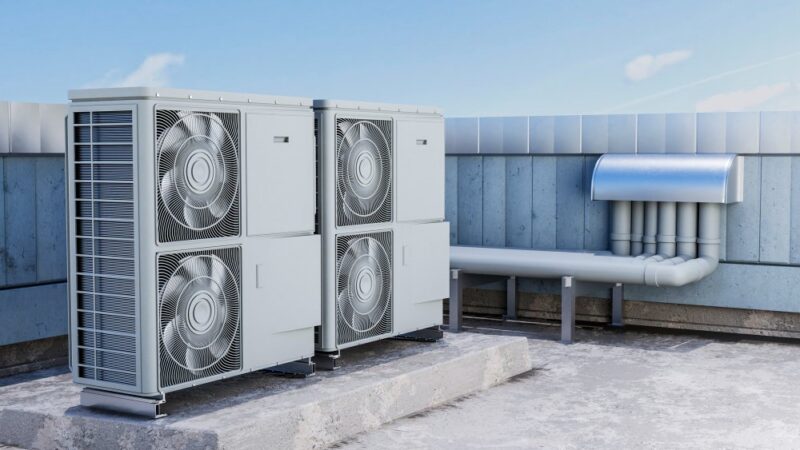Your Dehumidifier Keeps Icing Up, Why and How to Fix It?
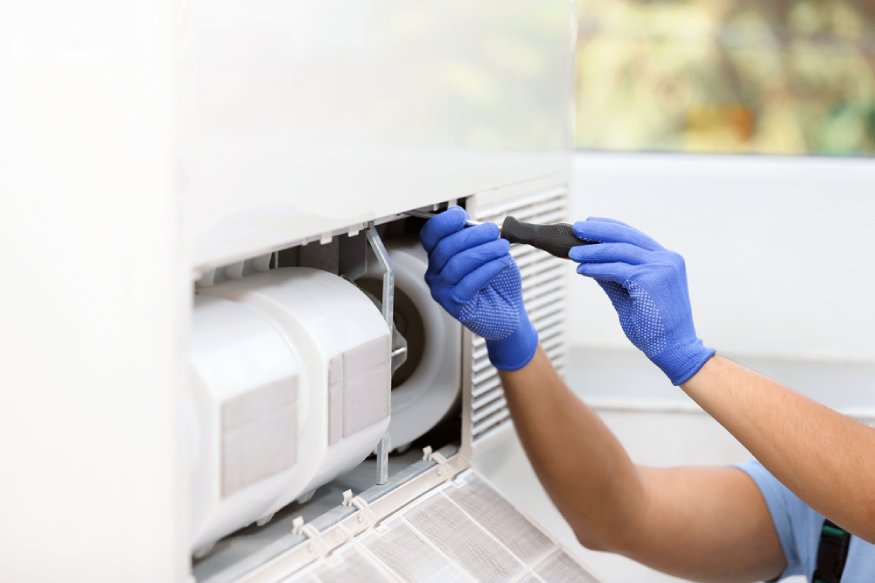
Your home feels humid, but your dehumidifier keeps freezing up. So, what’s causing this, and how can you defrost it? To make things worse, it seems to happen right when you need the dehumidifier most.
Running it while frozen can eventually damage the unit or even break it completely. So, how do you solve this issue for good? Let’s walk you through it below.
Why Does a Dehumidifier Freeze Up?
To understand why your dehumidifier might be freezing, it helps to know how it works. The device pulls in warm air from your home and passes it over a cold coil, where the moisture in the air condenses and is drained away. For this process to work efficiently, there needs to be a significant temperature difference between the air and the coil.
If your dehumidifier is freezing, it’s often because the room it’s in is too cold. Instead of draining, the moisture freezes on the cold coils.
Other less common causes include:
- Poor airflow: If air isn’t moving through the unit properly, water can’t drain off the coils fast enough. This might happen if something is blocking the dehumidifier.
- Dirty coils: Dust and debris can accumulate on the coils over time, preventing proper drainage. Cleaning the coils can fix this issue.
- Clogged filter: An overly full filter can reduce airflow, causing the unit to struggle.
How to Defrost Your Dehumidifier
To properly defrost a dehumidifier, you need to let the ice melt naturally. Start by turning off the unit and emptying the water tank.
If possible, move the dehumidifier to a warmer area, such as a room with a higher temperature. However, avoid placing it near direct heat sources, as this could cause damage.
How to Fix a Frozen Dehumidifier
Here are some troubleshooting steps to help you fix your frozen dehumidifier. If you’re not comfortable with these tasks or unsure about anything, it’s always best to call a professional.
Safety first: Always turn off and unplug your dehumidifier before attempting any repairs. Since the unit is frozen, remember that water and electricity don’t mix.
Step 1: Clean the Filter, Blower Wheel, and Fan Blade
Cleaning the filter is a simple but crucial step. If the blower wheel or fan blade is clogged or damaged, it will affect airflow and cause issues.
- 💧 Carefully remove the panel covering the filter, slide the filter out, and rinse it under hot water until all dirt and dust are gone.
- 🧽 Locate the blower fins or fans inside the unit and clean them gently with a damp cloth.
- 🔍 Check for any blockages or debris, and ensure that the fan and blower spin freely and are securely attached.
Tip: If you notice any damage, don’t keep running the dehumidifier. It may need repairs, and running it could be dangerous or cause further damage.
Step 2: Inspect the Humidity Control & Sensor
The humidity control senses the moisture level in the air. If it’s not working properly, it could cause the coils to freeze up by making the compressor run nonstop.
- 🔌 Unplug the unit and carefully open it up.
- 🔍 Check that the humidity sensor is securely connected to the humidity control. If the connection is loose or disconnected, it won’t read the humidity levels correctly, causing the unit to freeze.
- 🙌 Reconnect the sensor if needed and replace the cover.
Step 3: Check the Fan Motor
The fan motor needs to circulate enough air over the evaporator and condenser coils to prevent ice buildup.
- 🧽 Remove the outer panel and inspect the coils. If they’re dirty, clean them thoroughly.
- 🤚 Check that the fan motor spins freely and that the blower wheel or fan blade is firmly attached.
- 👀 You can also test the fan by running the unit in fan-only mode to see if it operates smoothly.
Tip: If you hear strange noises or a hum from the fan, this might indicate a defect. In that case, you should consider contacting a professional for repair or replacement.
How Can I Prevent My Dehumidifier from Freezing?
To stop your dehumidifier from freezing again after defrosting, try these tips:
- Check if the room is too cold. If it is, move the dehumidifier to a warmer spot, lower your air conditioner settings, or consider getting a model designed for cooler spaces.
- Ensure there’s at least a foot of space around the dehumidifier with good airflow to prevent freezing due to poor ventilation.
- Clean the coils, or have a professional do it if you’re unsure. Always turn off and unplug the unit before attempting to clean.
- Replace the filter if it’s clogged or dirty.
Recommendation
How Much Electricity Does an Air Purifier Use?
Air Purifier Vs Humidifier: Which One Do You Need?
How Does An Air Purifier Work?
Where To Put Air Purifier In Your Home?
Conclusion
Dealing with a frozen dehumidifier can be frustrating, especially when needed. Understanding the root causes—cold room temperatures, poor airflow, or clogged filters—can help you take the right steps to prevent it from freezing again.
Regular maintenance, such as cleaning the filter and ensuring proper airflow, is key to keeping your unit running smoothly. And if you do encounter persistent issues, don’t hesitate to consult a professional to avoid further damage. Following these steps’ll ensure your dehumidifier stays functional and efficient year-round.
Some FAQs
Q1: Why does my dehumidifier keep defrosting?
A1: When the room temperature drops below 60°F, your dehumidifier will enter Auto Defrost mode (with electronic controls) or Auto Frost mode (with knob controls). This function kicks in to remove frost from the coils before resuming dehumidification.
Q2: How do you fix a clogged dehumidifier?
A2: To fix a clogged dehumidifier, clean the drain using a baby bottle brush or pipe cleaner. Do the same for the drain hose. Ensure the hose is positioned at a downward angle so material doesn’t build up, allowing better drainage.
Q3: Why does my dehumidifier keep filling up?
A3: If your dehumidifier fills up quickly, it could mean there’s excess humidity in your home or a problem with the unit. On the other hand, if it’s always empty, this might indicate a malfunction. If either issue continues, you might need to look into repairs or alternative humidity control methods.
Q4: How do I stop my dehumidifier from icing up?
A4: Follow these steps to prevent your dehumidifier from icing up:
- Check if the room is too cold—move the unit to a warmer area if needed.
- Ensure there’s at least a foot of space around the dehumidifier for proper airflow.
- Clean the coils, or get a professional to do it if you’re unsure.
- Replace the filter if it’s clogged or dirty.
Q5: Will freezing damage a dehumidifier?
A5: Yes, freezing temperatures can damage a dehumidifier, especially if water is left in the drain tube or pump. When water freezes, it can cause parts of the unit to crack or malfunction, particularly if the dehumidifier is stored in unheated areas or vehicles during winter.
Q6: Can you fix a dehumidifier?
A6: Yes, if your dehumidifier isn’t collecting water, it’s usually easy to repair. Common components to check include the capacitor, overload, fan motor, and control board.
Q7: How do I reset my dehumidifier?
A7: If your dehumidifier isn’t collecting water and the filter and conditions are fine, try resetting it. Unplug the unit for 3 minutes, then plug it back in. This should reset the system.
Q8: How can I make my dehumidifier work better?
A8: Placement is key to maximizing your dehumidifier’s efficiency. Keep it away from sources of dust and dirt, such as woodworking tools, to prevent clogging the coils and grills. Since most portable models have a top-mounted air discharge, they can be placed against walls.
Q9: Why is my dehumidifier so cold?
A9: Cold air from your dehumidifier could be due to frozen coils. To fix this, let the dehumidifier thaw by placing it in a warmer room. Once it defrosts, you can return it to the original space.
Q10: How long do dehumidifiers last?
A10: On average, dehumidifiers last between three to five years with regular use. Depending on the brand, maintenance, and frequency of use, some units can last up to eight years.
Q11: How do I clean dehumidifier coils?
A11: Start by gently vacuuming or wiping off the top layer of dust and grime from the coils. Then, use a soft-bristled brush or cloth with spray detergent or a vinegar-water mix to clean the coils. Rinse off any residue and allow the coils to dry completely before using the dehumidifier again.
Q12: Why is my dehumidifier not releasing water?
A12: If your dehumidifier isn’t releasing water, it could be due to a faulty compressor or refrigerant issues. The compressor is essential for moisture removal, and if it fails, the process stops. Similarly, problems with refrigerant can halt dehumidification. These issues typically require professional repair.


